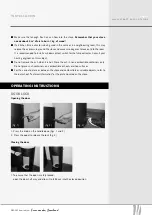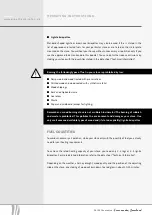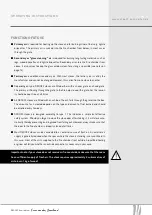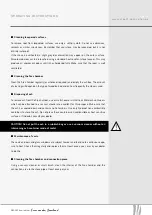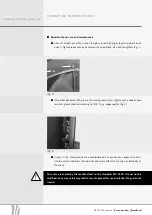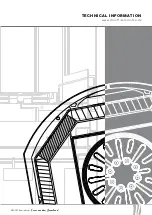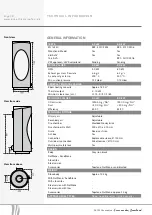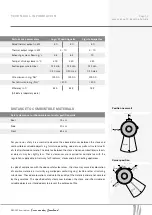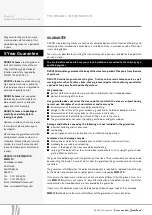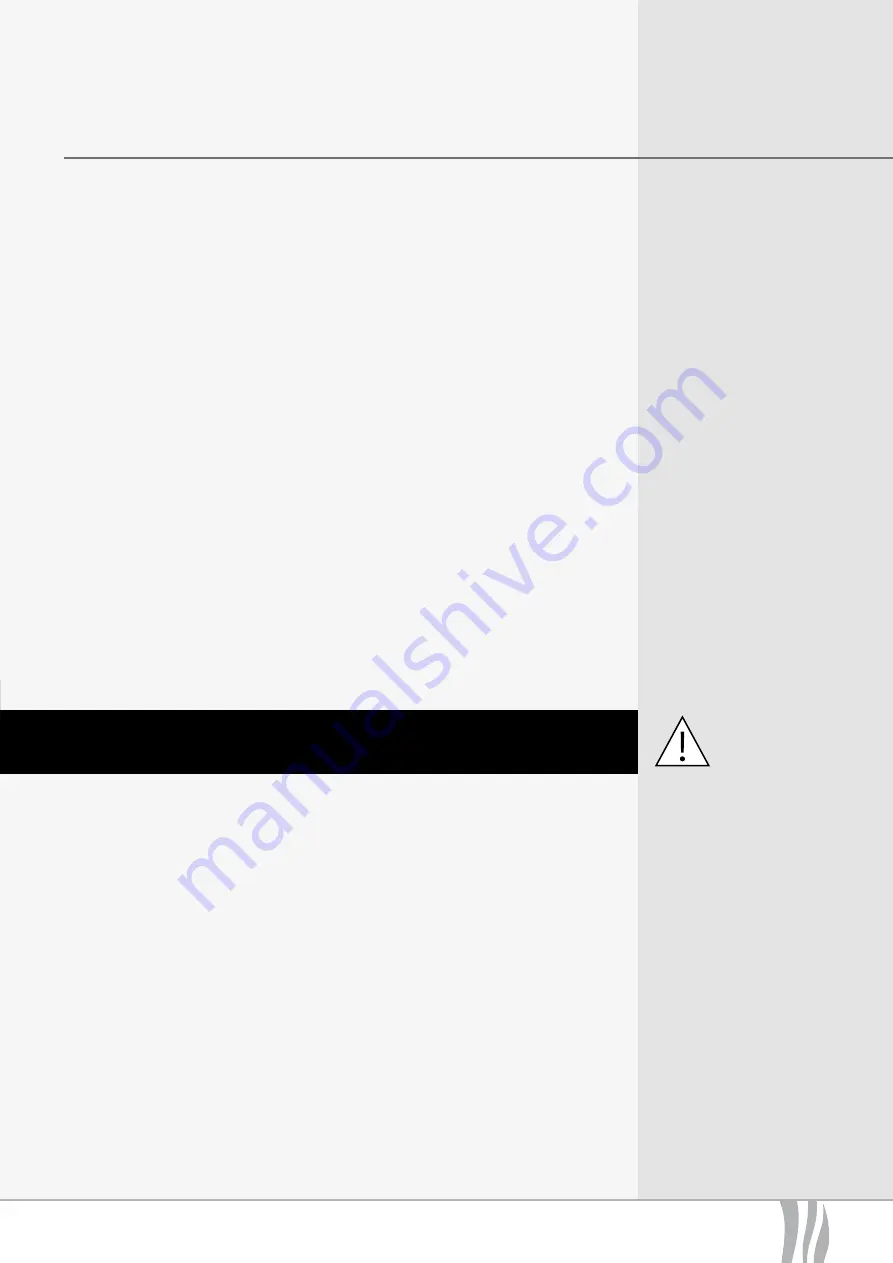
DROOFF Kaminöfen —
Feuer aus dem Sauerland
OPERATING INSTRUCTIONS
Page 15
w w w . d r o o f f - k a m i n o f e n . d e
n
Cleaning lacquered surfaces
To remove soot from lacquered surfaces, use only a soft dry cloth. Do not use abrasives,
solvents or similar substances. Remember that your stove may be lacquered, but it is not
entirely rustproof.
If the stove is overheated, a slight grey discolouration may appear on the outer surface.
Discoloured areas can be retouched using a standard heat resistant stove lacquer. This may
produce an unpleasant odour until it has hardened fully. Make sure that the room is well
ventilated.
n
Cleaning the fire chamber
Clean the fire chamber regularly (or whenever required) and empty the ash box. The amount
of cleaning will depend on the type of wood burned and on how frequently the stove is used.
n
Disposing of ash
To remove ash from the fire chamber, use a small shovel or similar tool. Metal ash containers
which can be attached to a vacuum cleaner are excellent for this purpose. Make sure that
the ash has cooled down and contains no hot embers. Use only fireproof non-combustible
containers to store the ash. Do not place these containers on combustible or heat sensitive
surfaces. If in doubt, consult your dealer.
CAUTIOn! Do not put the ash in a rubbish bag or use a vacuum cleaner without an
intervening ash container made of metal.
n
Maintenance of seals
The seals on doors and glass windows are subject to wear and tear due to continuous expo-
sure to heat. Check them regularly and replace them at least once a year, or ask your dealer
to do this.
n
Cleaning the fire chamber and connection piece
Using a vacuum cleaner or small brush, clean the interior of the fire chamber and the
connection area to the stove pipe at least once per year.







